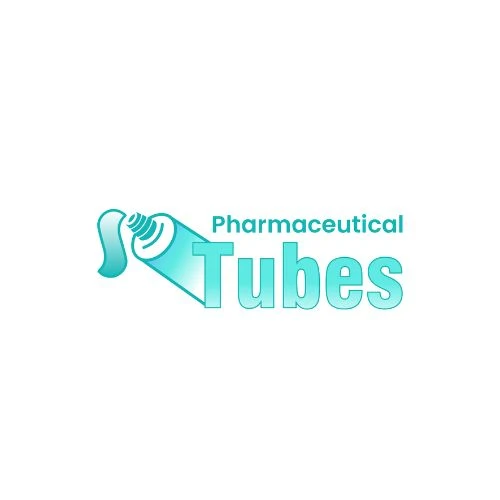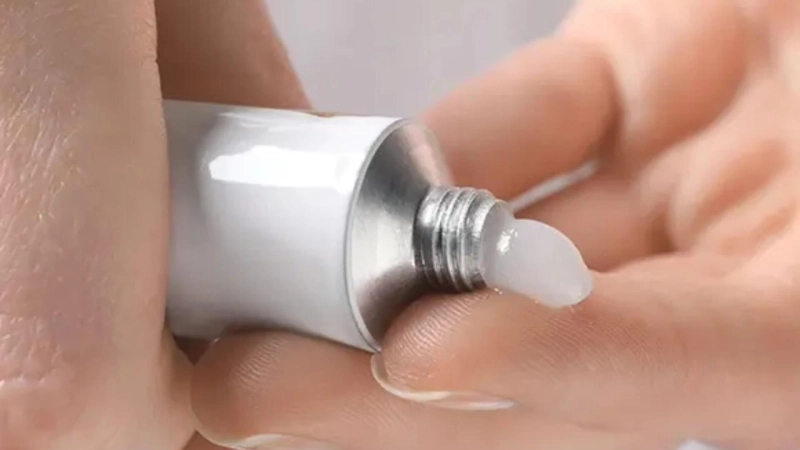Pharmaceutical products, especially APIs (Active Pharmaceutical Ingredients), are highly sensitive to oxygen exposure. Oxidation can compromise efficacy, shelf life, and regulatory compliance. In this context, packaging distributors of India are increasingly focusing on barrier technologies, including laminate tubes with advanced barrier films, to protect sensitive formulations.
Understanding Barrier Films in Pharmaceutical Packaging
Barrier films are multi-layered polymer coatings applied inside laminated tubes. Their primary role is to prevent API oxidation by controlling oxygen and moisture ingress. In pharma applications, oxidation leads to chemical degradation, reduced bioavailability, and in some cases, formation of toxic byproducts. Laminated tubes with specialized barrier films provide a controlled environment that aligns with ICH stability standards (Q1A) and FDA/EMA packaging guidelines.
These films are engineered to offer high oxygen transmission resistance (OTR) and low water vapor permeability (WVP). For semi-solid and viscous formulations, such as gels and creams, barrier films prevent interaction with air and light, ensuring the active ingredient retains potency throughout its shelf life.
Technical Composition of Barrier Films
Modern pharmaceutical laminate tubes use multi-layered films consisting of materials such as:
- Aluminium foil: Provides excellent oxygen and light barrier.
- EVOH (Ethylene Vinyl Alcohol): Ensures low oxygen permeability and chemical compatibility with APIs.
- Polyethylene layers: Protect the aluminium and EVOH layers while offering mechanical flexibility.
This combination guarantees compliance with GMP packaging standards, protects product integrity, and supports high-speed filling operations in manufacturing lines.
Impact of Barrier Films on API Stability
Oxidation in APIs can manifest as potency loss, color changes, or formation of degradation products. Barrier films mitigate this by:
- Maintaining low oxygen exposure, which is critical for oxidation-prone APIs like ascorbic acid and certain peptide drugs.
- Reducing moisture ingress, which prevents hydrolysis reactions in moisture-sensitive compounds.
- Providing a photostable environment when paired with light-blocking laminates, in line with ICH Q1B photostability testing.
Studies indicate that APIs stored in laminate tubes with high-barrier films show a 30–50% slower degradation rate compared to conventional polymer tubes.
Advantages for B2B Pharmaceutical Applications
For pharma manufacturers, the adoption of barrier films in laminated tubes offers multiple operational and regulatory advantages:
- Regulatory Compliance: Barrier films meet USP <671> and other moisture permeability standards.
- Formulation Flexibility: Semi-solids, ointments, gels, and even sensitive ophthalmic solutions can be packaged without stability compromises.
- High-Volume Efficiency: Laminated tubes with barrier layers are compatible with automated filling lines, ensuring consistent dosage and reduced contamination risk.
- Extended Shelf Life: By reducing oxidation and hydrolysis, these films allow longer storage periods while maintaining API efficacy.
Selecting the Right Barrier Film for Your API
Choosing the correct barrier film depends on the API’s chemical characteristics and stability profile:
- Highly Oxidation-Prone APIs: Require aluminium-based multi-layer films with EVOH for maximum oxygen resistance.
- Moisture-Sensitive Compounds: Benefit from low-WVP polyethylene coatings.
- Light-Sensitive Drugs: Need light-blocking laminates combined with opaque barrier layers.
Quality testing, including oxygen transmission tests and accelerated stability studies, helps pharmaceutical engineers determine the optimal laminate configuration.
Integration with Pharmaceutical Packaging Systems
Barrier films are most effective when used alongside desiccants, secondary packaging, and sealing technologies. For instance, integrating silica gel sachets in cartons or incorporating child-resistant tube closures can further enhance the stability of oxidation-prone APIs.
Manufacturers can also perform ICH-compliant stability studies to validate the protective effect of these films. Reports from such studies often show:
- Reduced oxidative degradation.
- Minimized formation of impurities.
- Prolonged product shelf life.
Sustainability Considerations in Barrier Films
While technical performance is paramount, environmental responsibility is increasingly important. Many packaging distributors of India are offering eco-friendly laminate tubes that use recyclable polymers and reduced aluminium content while maintaining barrier efficacy. This allows pharmaceutical companies to meet regulatory requirements and corporate sustainability targets simultaneously.
Case Example in Pharma Packaging
Ophthalmic gels and certain peptide creams are highly susceptible to oxidation. Packaging these APIs in high-barrier laminate tubes has shown:
- Zero significant degradation over six months at accelerated conditions.
- Consistent pH and viscosity, ensuring patient safety.
- Compliance with EMA and FDA stability guidelines.
This highlights the strategic importance of barrier films in maintaining API quality during transportation and storage.
The Final Thoughts:
In the competitive pharmaceutical landscape, packaging distributors of India play a crucial role in ensuring product integrity. Barrier films in laminated tubes are not just a packaging component, they are an essential part of API preservation strategy. By controlling oxygen and moisture ingress, these films support regulatory compliance, extend shelf life, and guarantee product efficacy, enabling pharma manufacturers to deliver safe, high-quality medicines to the market.
FAQs
1. What are barrier films in laminated tubes?
Barrier films are multi-layer polymer coatings that prevent oxygen, moisture, and light from affecting sensitive APIs in laminated tubes.
2. How do barrier films prevent API oxidation?
They reduce oxygen transmission and moisture ingress, preventing chemical degradation pathways such as oxidation and hydrolysis.
3. Which APIs benefit most from barrier films?
Oxidation-prone compounds like ascorbic acid, peptides, and certain ophthalmic solutions benefit significantly.
4. Are barrier films compliant with pharma regulations?
Yes, high-quality films meet USP <671>, GMP, FDA, and EMA packaging standards, supporting ICH stability studies.
5. Can barrier films be used in high-volume production?
Absolutely. Laminated tubes with barrier layers are compatible with automated filling and sealing lines, ensuring operational efficiency and consistent quality.


